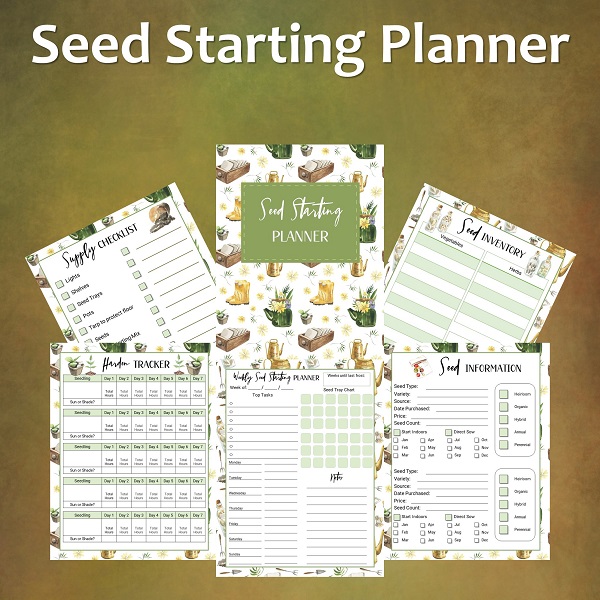Leila
 Farmers, despite having laborious jobs, have a longer lifespan than most people. In fact, the average 50-year old farmer is sometimes stronger and healthier than the average person. They don’t take magic pills or workout. All of them have this great advantage — they grow their own food.
Farmers, despite having laborious jobs, have a longer lifespan than most people. In fact, the average 50-year old farmer is sometimes stronger and healthier than the average person. They don’t take magic pills or workout. All of them have this great advantage — they grow their own food.
If you grow your own food, for instance a vegetable garden, you will save a heap of money. It may not be perceptibly obvious at first, but later on you’ll see buying in the market is more expensive.
Did you know that studies have found that gardening is actually one of the best forms of exercise? It is not just limited to helping you stay fit, gardening also has stress relieving effects. It seemingly reduces anxiety and depression.
Health and lower costs are not the only main reasons for growing your own food. Albeit, they are the most common. If you are still not convinced, here are 4 more reasons why having food in your backyard is better than buying from markets. Continue reading
 If you’ve never done a vegetable garden before you’re going to find this to be a very fun project. Growing vegetables is essentially much easier than other crops. Growing delicious taking vegetables is a great way to save money and stay healthy but it will require a bit of planning and effort on your behalf. Below are a few steps to getting started with the planning process.
If you’ve never done a vegetable garden before you’re going to find this to be a very fun project. Growing vegetables is essentially much easier than other crops. Growing delicious taking vegetables is a great way to save money and stay healthy but it will require a bit of planning and effort on your behalf. Below are a few steps to getting started with the planning process.
Measure the Space
Whether you’re going to use a small area in your yard or a large acre of land you’re going to need to know exactly where you will be starting your garden. While it might seem best to go with a larger space, you want to start with a manageable sized garden so that you don’t waste time, money, or resources. Remember you can always expand once you’re comfortable with handling more. Continue reading
 There are many benefits to using raised vegetable garden beds in your garden. For starters, one of the best things about raised beds are that you can interplant many types of herbs, vegetables, and flowers into them. It is then easy access to prune and nurture then so to have the healthiest and most productive plants to harvest their “fruits”, so to speak.
There are many benefits to using raised vegetable garden beds in your garden. For starters, one of the best things about raised beds are that you can interplant many types of herbs, vegetables, and flowers into them. It is then easy access to prune and nurture then so to have the healthiest and most productive plants to harvest their “fruits”, so to speak.
Another perk of planting your garden in elevated garden beds is that it is easier on your back and knees because they require less bending, kneeling and crawling than regular beds.
In addition, raised garden beds offer better drainage, which means your plants aren’t stuck sitting in excess water every time it rains. Plus, it is much easier to build your soil UP than it is to work amendments into the ground.
Fortunately, building raised vegetable beds is a super easy do-it-yourself project. All you need are some readily available tools and materials, and an extra pair of hands. Continue reading



